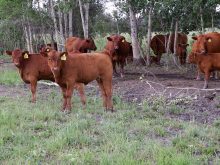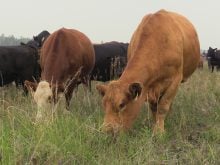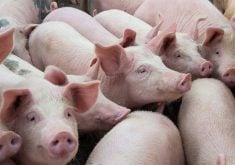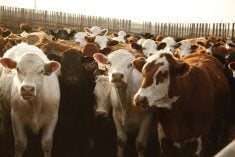BALZAC, Alta. Ñ Nancy Lowery says everything she ever needed to know about being a better leader, she learned from her horses.
She has taken her experience training horses and matched it with her 15 years in the Calgary business world to teach leadership techniques to executives in a riding arena near her Balzac area farm.
The program started as an idea when she worked as a project manager for five years with Critical Mass, a website development firm. Her client list included Mercedes-Benz, Procter and Gamble, Nokia and Disney Corp.
Read Also
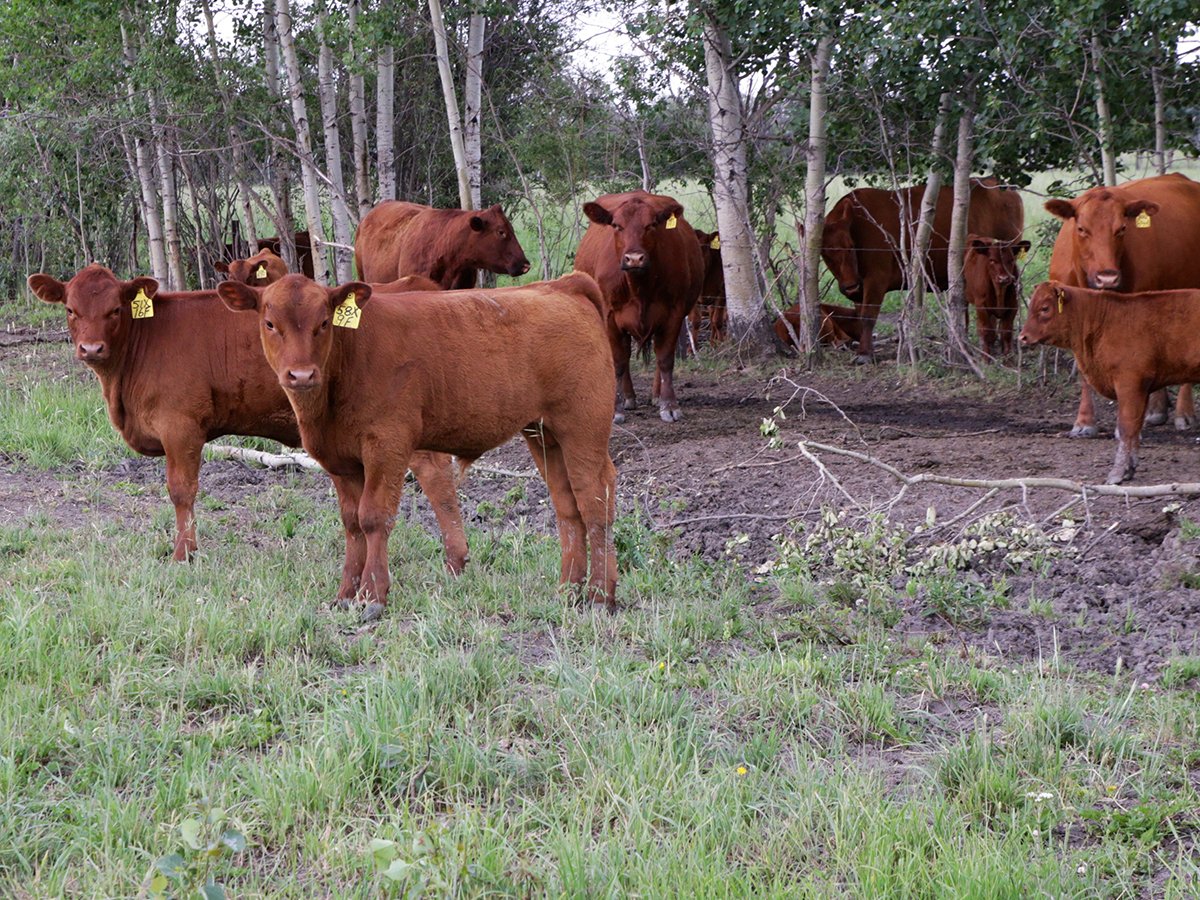
Feeder market continues the climb
For the week ending Aug. 30, Western Canadian feeder cattle markets traded $4-8 per hundredweight higher on average.
“Everything I learned about project management, I learned from horses,” she said.
“My horses require absolute consistency and clarity. If they don’t have that, they take over the leadership position,” she said.
“That’s when people start having problems with their horses. It’s exactly like raising kids.”
Lowery’s farm is a 40 acre horse operation consisting of hilly pastures for her horses. Since water and grass are at a premium she has learned to carefully rotate her animals because horses tend to graze grass right down to the ground if they are not moved.
As keen horse people, she and her husband Chris Byron had boarded their animals at stables until they finally settled on this property east of Balzac, a half hour from downtown Calgary.
Lowery started to question her own skills as a manager five years ago and after studying leadership concepts, she decided to apply her horse sense to people and workplace situations.
“I fumbled along for the first 10 (years) until I figured it out.
“I was getting much better results from my teams, especially once I started paying attention to what I was doing wrong,” she said.
Her Natural Leader program started more than a year ago and uses the relationship between horse and handler to illustrate the need for trust, respect, clear instructions and open communication for effective leadership.
So far she has worked with corporate executives, youth groups and civil servants, teaching them the rudiments of leadership using horse training skills in a one day seminar.
She brings in facilitators to help with a short classroom training period and then takes clients to a heated indoor arena for the real work with horses.
While few have an epiphany after an eight-hour session, many leave with heightened awareness of how they get along with others. For many it is learning the horse has done nothing wrong as they try to put it through its paces in an arena. It is the person’s manner, body language and attitude that affect the horse’s behaviour.
Many participants have no previous horse experience, but all the horses are selected for calm temperament and are trained to respond to different people.
The tasks are basic and the more people relax, the better the horses respond to simple commands
Clients are taught to introduce themselves to the horse in a non-threatening manner with petting and gentle touches. This is a way of saying hello, which people often neglect to do in an office setting.
They are also expected to lead the horse and remain in charge. Many start by tugging on the halter and walking backwards.
“How can you lead if you don’t know where you are going? If you don’t look like you know where you are going, you have no confidence,” she said.
“The more tentative they are, the less likely the horse is to follow.”
Leadership programs are a soft skill and seem to work best with people in management roles who have staff reporting to them.
“Leadership isn’t something you can pick up by reading a book. It is something you have to experience, as long as you are learning from the mistakes you make,” she said.
Lowery also talks to clients about the concepts of conscious incompetence, conscious competence and unconscious competence, where something can be done well without thinking about it. “A good leader wants to have not very much to do, because everyone else is doing their job so well,” she said.
Lowery uses five of her own horses rescued from feedlots or purchased from PMU farms as well as a couple of horses from neighbours.
While she finds selling this program to human resources departments the most challenging aspect, she works hard to convince them a variety of leaders can benefit from this kind of training.
This spring she is running a 4-H leadership program and has worked with students from a Calgary charter school where her husband teaches Grade 7.



